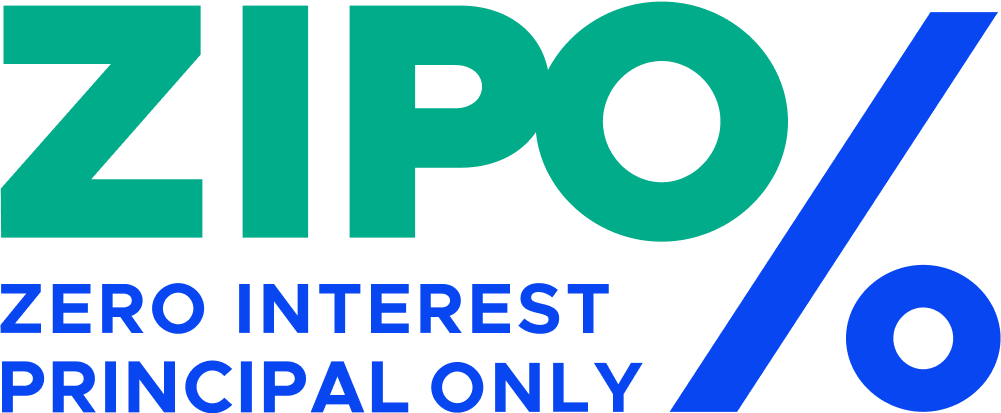NEWS
The Case for Government funded Zero Interest Student Loans
ZIPO Loans cost the Government nothing. In fact, 10 Year modeling shows that the government will profit from ZIPO as higher wage earners pay more in taxes. The additional earnings are taxed at higher rates, thus generating greater revenue for the Government.
Zero interest Student Loans are not a new idea. Many economists have suggested this approach. Additional approaches such as total loan forgiveness is being discussed by presidential candidates. The amount of outstanding loans is so huge that these debt forgiveness schemes will not get full congressional support, nor will these wholesale debt forgiveness schemes get the support of a majority of Americans.
The idea of Zero interest loans appeals to all, both Republicans and Democrats. ZIPO will get the support of a majority of the people because people understand that student loans are a different type of loan. Currently, the US Government pays about 2% interest for long term bonds.
In a typical ZIPO $100,000 student loan the cost to government is approximately $2000 per year. Over a 30-year payback the cost would be $30,000. At the same time, models show that the educated citizens will earn 74% more than their non-educated counterparts over their lifetime. This additional income is taxed, often at higher rates, leading the Government to take in an average of $300,000 more in taxes than it would have received in interest. The result of the study shows that providing ZIPO student loans is an overwhelming benefit to the US Government.
Why is the current program wrong?
The current federal laws treat Student Loans as a consumer loan, not really different from a credit card loan. The assumption is that student loans should be treated as unsecured – high risk loans. The US Government treats the loan as consumer debt that is subject to high interest because of potentially high default rates. The law does not treat student loans properly because Congress and the President had the wrong model on which to base the laws governing student loans.
We are not going to address the other problems that students suffer through such as the astronomical tuitions that are being charged by colleges and trade schools. The high cost of higher education is a separate issue than must be address in a separate effort.
The main proponents of the current Student loan program are banks and financial institutions that reap billions in profits from the present interest-bearing loans.
The Student Loan model and rationalization needs to change.
The ZIPO organization and movement see student loans as an investment in the life of the student by the government. In the contract between the student and the government, both participate. The student works toward achieving skills and an education. The US Government helps in covering the initial cost.
The result is an increase in the student’s value within the workforce and overall contribution to society. As a result of the education the graduate will earn more money.
The Government benefits because it will be able to receive more in tax revenue. The initial interest rate cost to the government is a low percentage. The amount of interest not charged is dwarfed by the higher tax paid by the graduate. The ZIPO program is a net Zero cost to the government. And in reality, returns a great net benefit to the US Treasury.
The current practice of loan payback and high interest makes the loan almost impossible to pay back. Current practice can easily inflate a $100,000 student loan to $200,000 with monthly interest and principal payments so high that the loan becomes a draconian burden on the former student at a time when students are most vulnerable – the beginning of their careers. The Student loan maintenance and collection companies are brutal in their collection efforts. They destroy credit ratings, and essentially destroy the student lives with the pressures of paying back the loan. The current process forces defaults because it places students in a situation where default is preferable to impossible payments.
ZIPO Loan payback
The ZIPO organization proposes that the loan be paid back over a 30-year period as a payroll deduction. The average yearly cost over 30 Years to the government is $1000. However, the yearly benefit to the government is over $10,000. A return of 10:1. The cost to the student of a $100,000 loan is fixed $278 per month. Since ZIPO proposes that the $278 be period back as a payroll deduction. The net cost to the student is $194.
Converting all Loans to ZIPO
A key component of ZIPO loan program is the elimination of interest on any current school loan. And the application of interest paid to the principal.
This concept is justified because it cures the errors made within the original student loan program design. The poorly thought out initial process resulted in a tremendous amount of pain on the student population. Tremendous profits were made by banks and loan processing companies. The loans generated huge profit and resulted in loan manipulation and packaging similar to the mortgage loan fiasco we are all familiar with which led to our last great recession.
There is no need to compensate the banks and processing companies because they have already significantly profited. Applying all interest paid to the principal will correct the errors made within the original student loan program.
